Deadwood trimming is a vital part of keeping your trees healthy and looking their best. It's an important part of tree maintenance and can be beneficial in a variety of ways, including reducing the risk of tree failure, increasing light penetration into the canopy, and improving the overall aesthetic of your landscape. Deadwood trimming can also improve the safety of your property by eliminating dangerous dead branches that could cause injury or property damage. In this article, we'll cover everything you need to know about deadwood trimming - from why it's important, to the different types of deadwood trimming services available, to how to properly care for your trees after they've been trimmed. Deadwood trimming is often done in combination with other types of tree trimming services, such as pruning, thinning, and shaping.
It is important to understand the differences between these services in order to choose the right one for your particular needs. Pruning involves removing or shortening branches in order to control the size and shape of a tree. Thinning involves removing branches in order to reduce the density of foliage and improve air circulation. Shaping involves pruning branches in order to achieve a desired shape.
When it comes to deadwood trimming, the main goal is to remove dead, diseased, or damaged branches in order to improve the health and appearance of a tree. Deadwood trimming can also be used to reduce the risk of insect infestation. It is important to note that deadwood trimming should only be done by an experienced arborist or tree care professional in order to avoid damaging the tree or causing further damage. It is also important to note that deadwood trimming should not be done on a regular basis.
Deadwood trimming should only be done when necessary in order to maintain the health of a tree. Regular pruning and shaping can help maintain the health of a tree without the need for deadwood trimming.
The Benefits of Deadwood Trimming
Deadwood trimming can provide many benefits for your trees. By removing dead, diseased, or damaged branches, you can promote regrowth, reduce insect infestation, and improve the overall appearance of your trees. Additionally, by removing weak or overhanging branches, you can reduce the risk of property damage due to falling limbs.Finally, by removing suckers, you can keep them from competing with healthy growth.
Types of Deadwood Trimming Services
Removal of dead branches: This type of service involves cutting away dead branches from a tree in order to promote regrowth and prevent insect infestation.Removal of diseased or damaged branches:
This type of service involves cutting away diseased or damaged branches in order to reduce the risk of further damage and improve the overall appearance of a tree.Removal of weak or overhanging branches:
This type of service involves cutting away weak or overhanging branches in order to reduce the risk of property damage due to falling limbs.Removal of suckers:
This type of service involves cutting away suckers (small, fast-growing shoots) in order to keep them from competing with healthy growth.How to Choose the Best Deadwood Trimming Service
When choosing a deadwood trimming service, it is important to consider several factors.First, you should find a qualified arborist or tree care professional who is experienced in deadwood trimming. It is also important to consider the size and condition of your tree, as well as any specific goals you have for improving its health and aesthetics. Additionally, you should consider any potential risks associated with deadwood trimming and make sure you understand how they can be minimized. A good deadwood trimming service should be able to provide you with a detailed assessment of your tree's condition and explain the risks and benefits of different trimming methods. When selecting a deadwood trimming service, make sure to ask for references and verify that the arborist has the necessary experience and qualifications.
You should also inquire about the type of equipment they use, as well as any safety protocols they have in place to protect your property and personnel. It is important to choose a service that follows all local laws and regulations when it comes to tree trimming. Finally, make sure to compare prices between different services to ensure you are getting the best value for your money. Deadwood trimming is an essential part of keeping your trees healthy and looking their best. There are a variety of deadwood trimming services available, from pruning to thinning, and it's important to choose the right service for your tree's needs.
Deadwood trimming can reduce insect infestation, help promote regrowth, and improve the overall appearance of your tree. With the right deadwood trimming service, you can ensure that your trees stay healthy and beautiful for years to come.
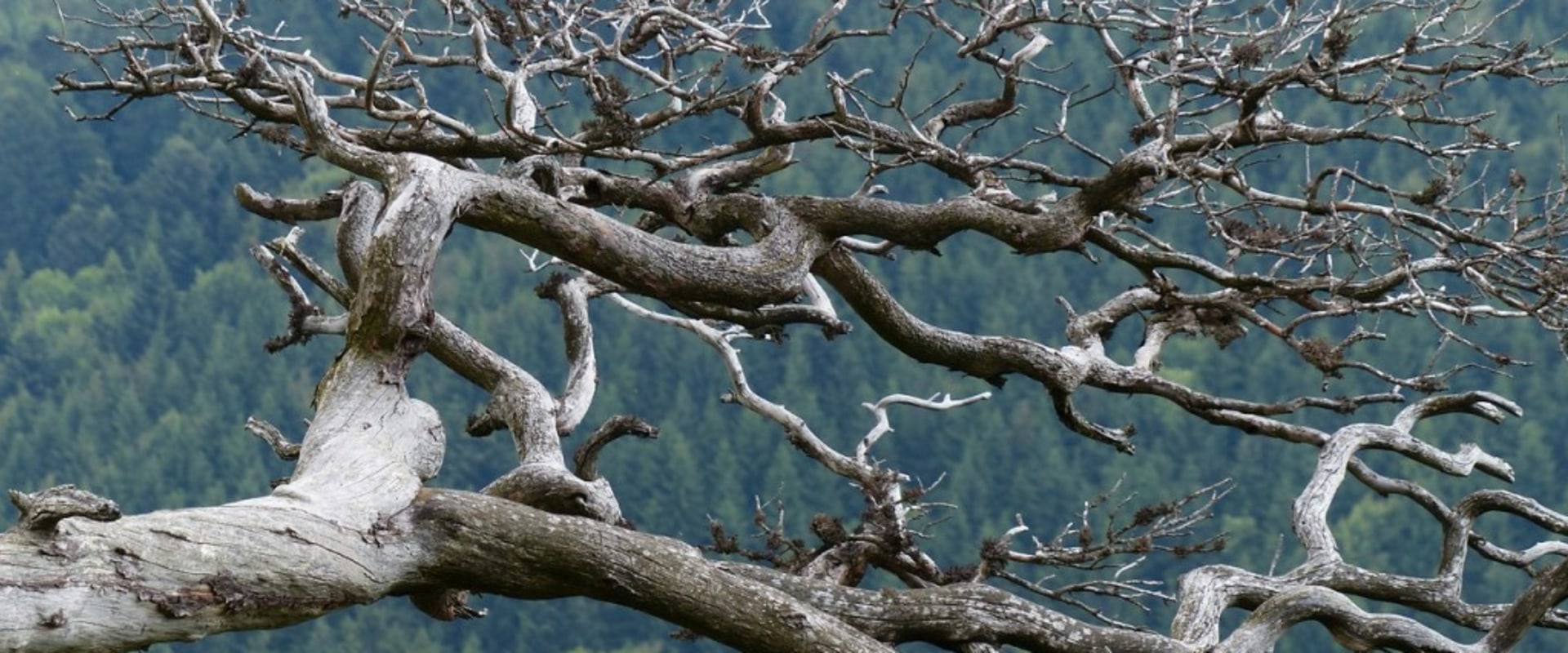
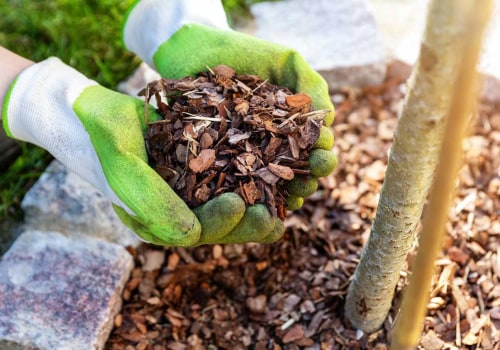
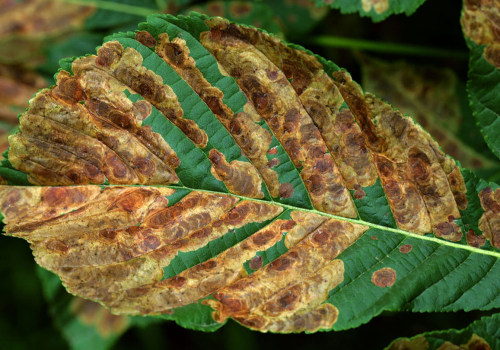
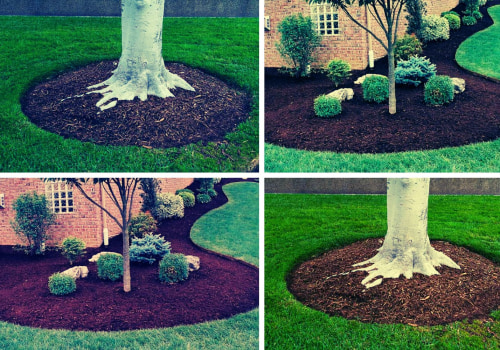
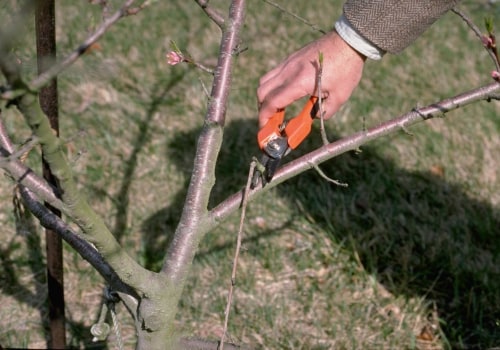
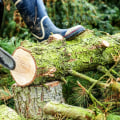
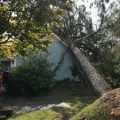
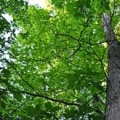
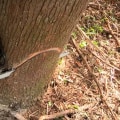
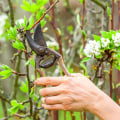
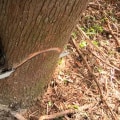
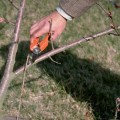
Leave Message